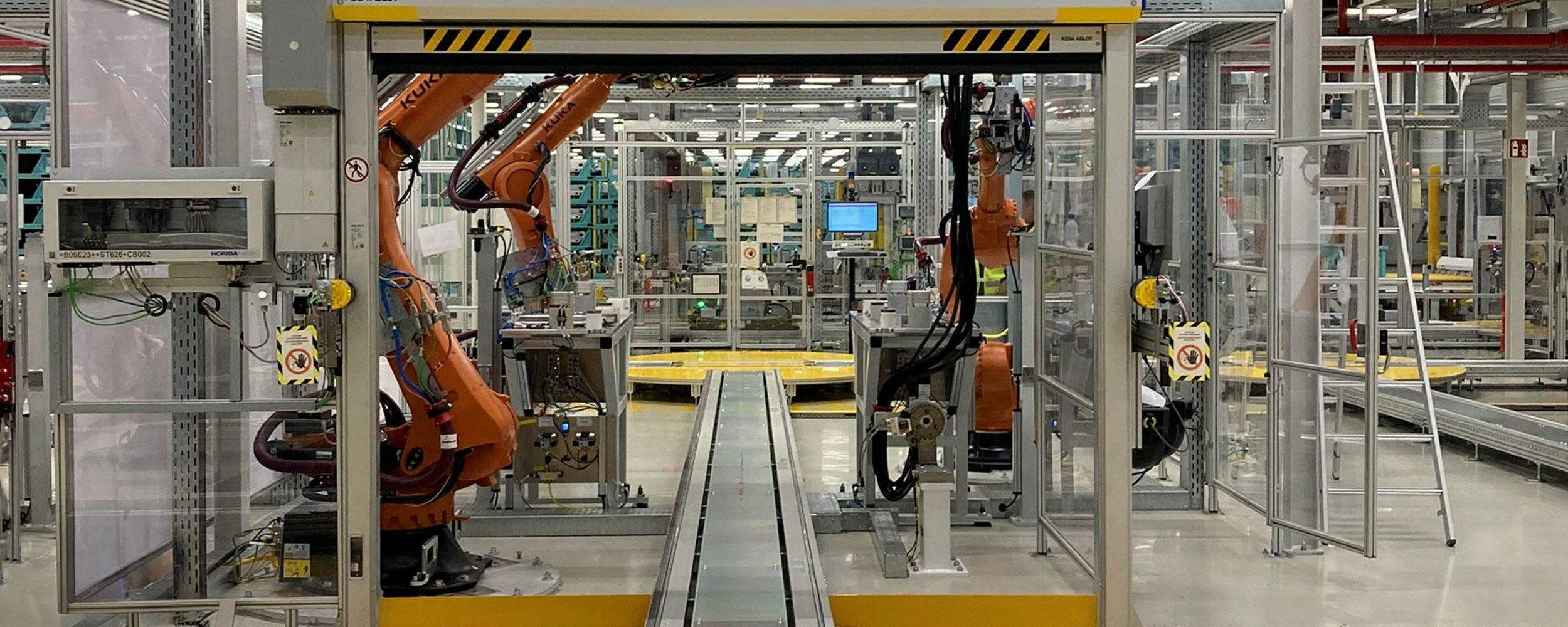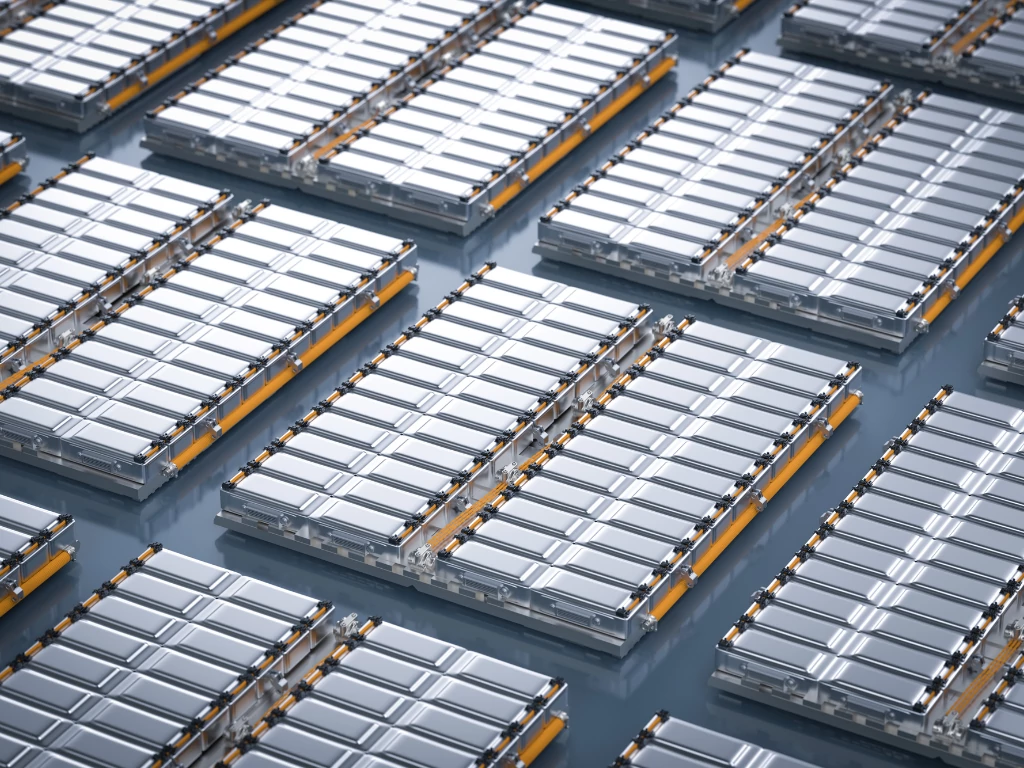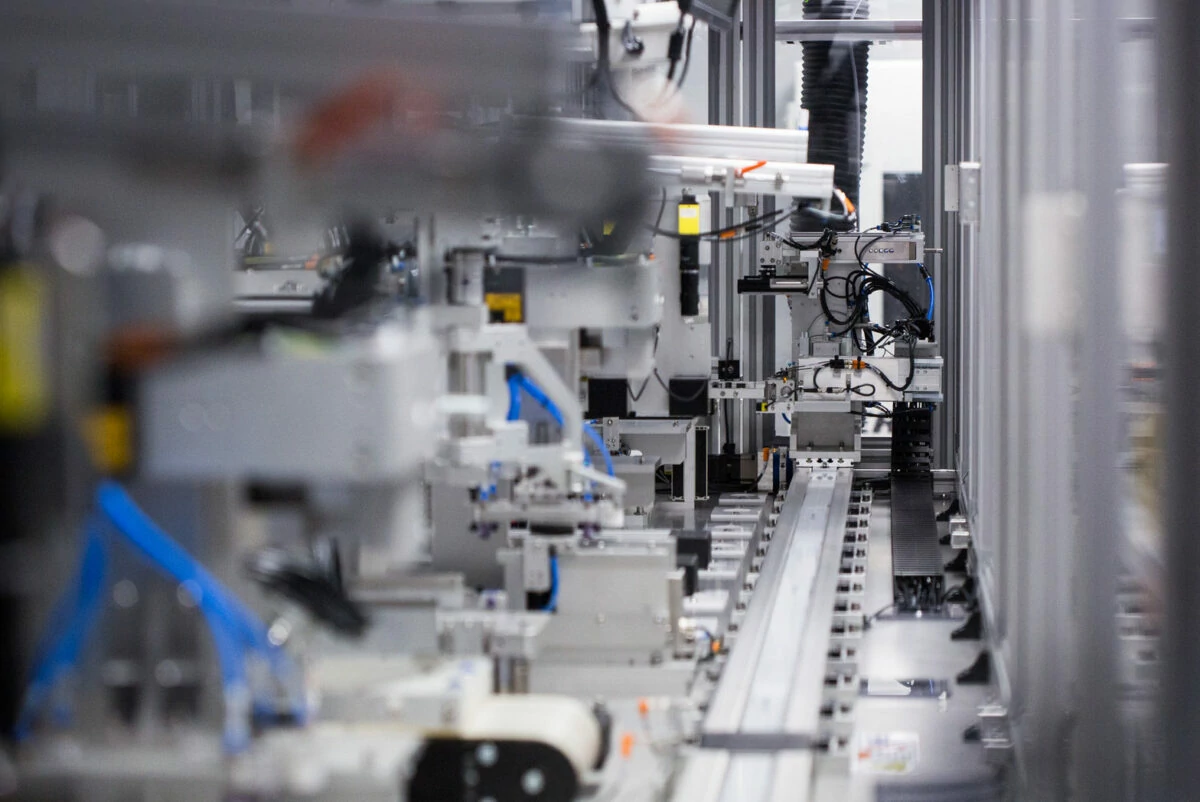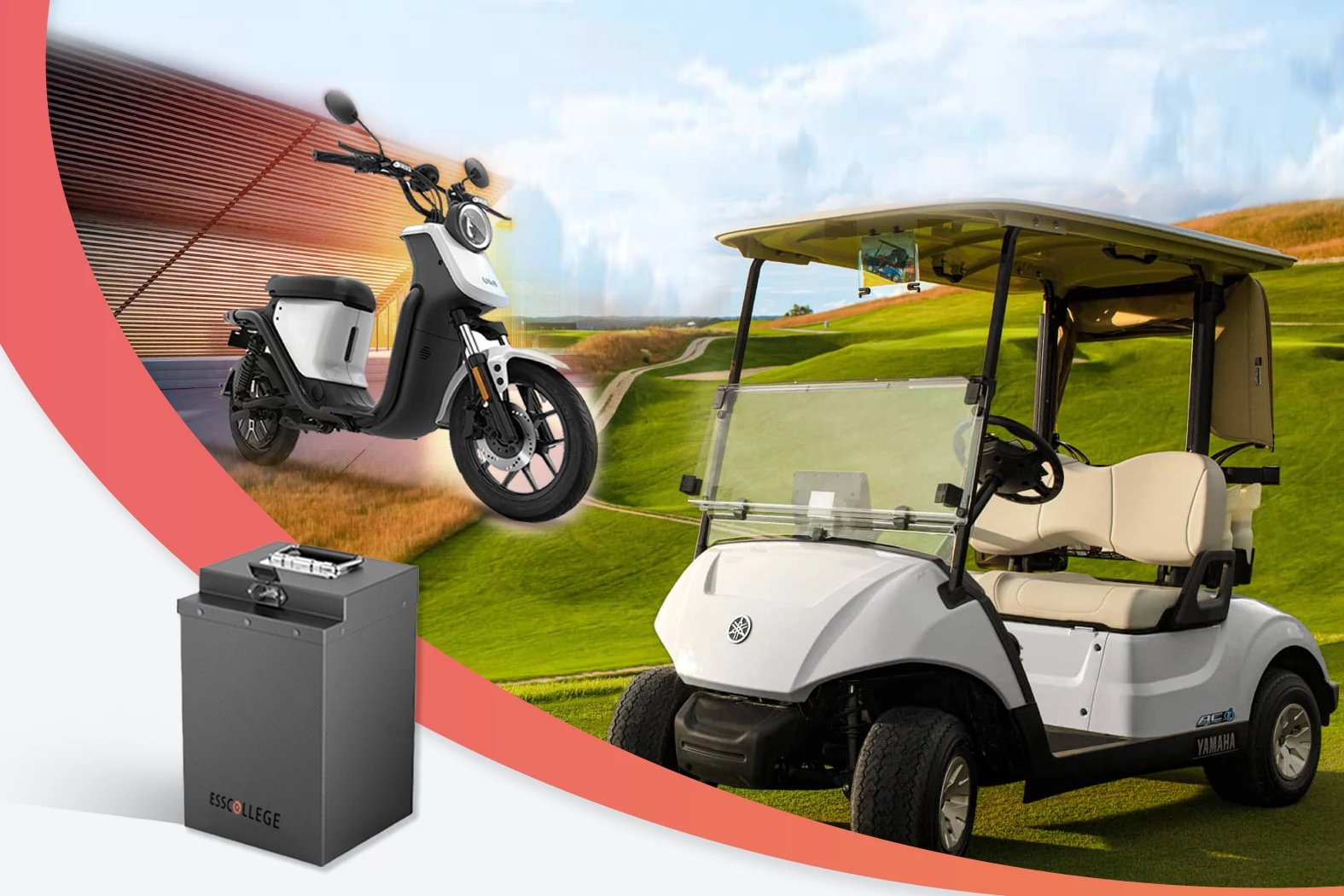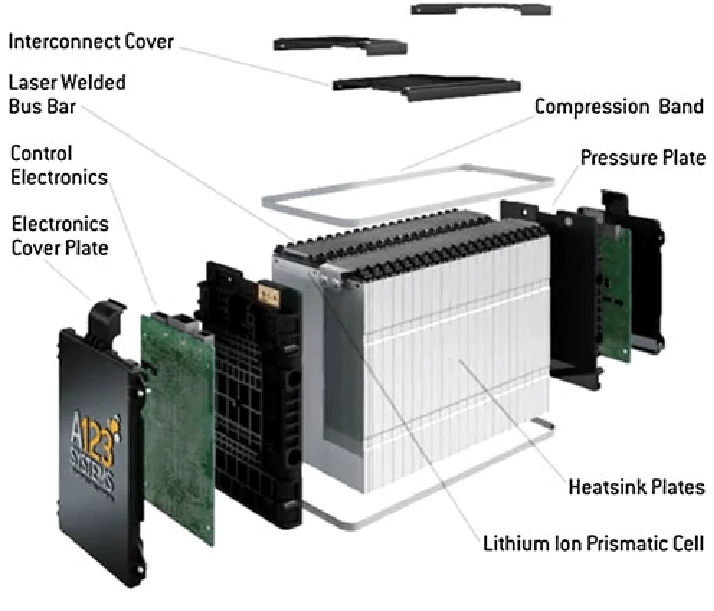Product testing Product testing is a key link to ensure...
Positive electrode material preparation
The preparation of positive electrode materials is a crucial step in the manufacture of lithium batteries, which mainly involves the synthesis and processing of positive active materials to ensure the energy density, stability and service life of the battery. Common cathode materials include ternary materials (lithium nickel-cobalt manganate, NCM), lithium iron phosphate (LFP), lithium cobaltate (LCO) and so on
Positive electrode material preparation
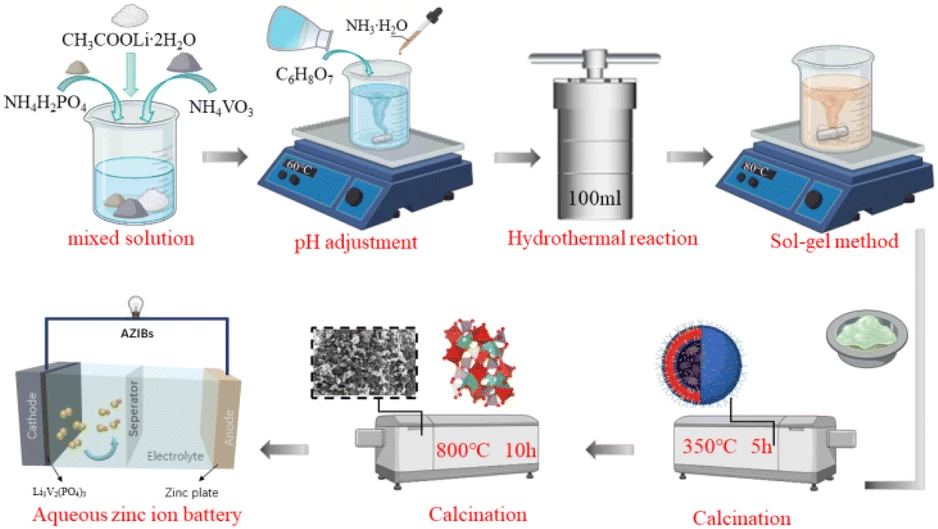
The preparation of cathode materials directly determines the energy density, charge-discharge performance and cycle life of lithium batteries. Through appropriate raw material selection, sophisticated synthesis methods, heat treatment and sintering control, and surface treatment technology, positive electrode materials can play an efficient energy storage and release function in batteries. Different types of positive electrode materials (such as ternary materials, lithium iron phosphate) have different performance characteristics and application areas, so it is necessary to choose the appropriate positive electrode materials according to the needs of the battery design.
Main process
Raw material selection and matching
The synthesis of cathode materials starts with the selection of suitable raw materials, mainly including metal salts (such as nickel salts, cobalt salts, manganese salts, iron salts) and lithium sources (such as lithium fluoride, lithium carbonate). Ternary materials (NCM) are usually synthesized by the reaction of nickel, cobalt and manganese salts, while lithium iron phosphate (LFP) is obtained by the reaction of iron phosphate and lithium sources. The proportion of each metal element directly affects the electrochemical performance of the material.
Chemical synthesis
The synthesis of positive electrode materials is usually carried out by solid phase method, hydrothermal method or sol-gel method:
Solid phase method: the metal salt is mixed with the lithium source in accordance with the ratio, and the required crystal structure is formed through high temperature sintering. This method is simple and reliable, and is suitable for large-scale production.
Hydrothermal method: Dissolve metal salts and lithium sources in water and react under high temperature and pressure conditions to form the crystal structure of nanoparticles, which usually can obtain more uniform particle size distribution and higher electrochemical performance.
Sol-gel method: By dissolving metal salts and lithium sources in organic solvents, and then gelatinizing them by heating, the required cathode material is finally obtained.
Ball milling and particle size control
The synthesized cathode material needs to be further processed by ball milling and other means. Ball milling can not only improve the uniformity of the material, but also adjust the particle size by controlling the size of the abrasive, so that the material can achieve the ideal specific surface area and optimize its electrochemical performance. Too large particle size may affect the charge and discharge efficiency of the battery, and too small particle size may affect the stability of the material.
Heat treatment and sintering
The synthesized cathode material needs to undergo a heat treatment or sintering process, which helps the cathode material to further crystallize and form a more stable structure. The control of sintering temperature and time is very critical, too high temperature will lead to the lattice structure of the material is unstable, too low temperature will not be able to fully synthesize the material, affecting its electrochemical performance.
Surface treatment and coating
The surface of the anode material may be coated to improve the conductivity and stability of the material, avoid direct reaction between the electrolyte and the material, and improve the cycle performance of the battery. Common coating materials include fluoride, carbon, etc., which help to improve the conductivity of the positive electrode material, improve stability, and reduce aging.
Quality inspection and screening
The synthesized cathode materials need to undergo strict quality testing, including particle size distribution, specific surface area, purity, crystal structure and electrochemical properties. By cyclic voltammetry (CV), constant current charge and discharge test methods, the material can meet the design requirements, and has high capacity, good cycle stability and low internal resistance.
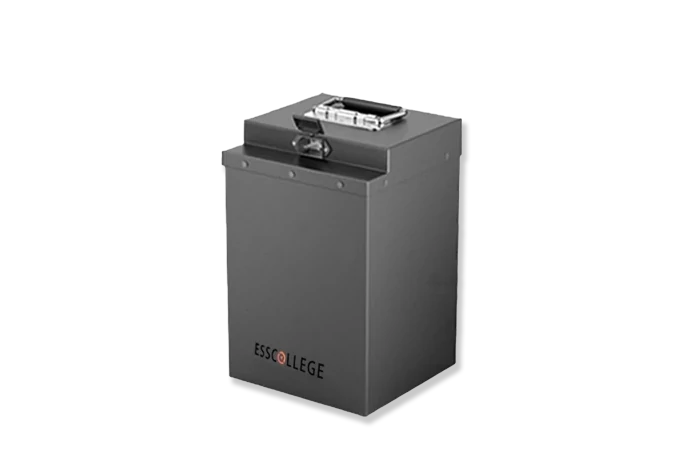
low-speed car batteries
Low-speed vehicle battery is a kind of battery designed for low-speed electric vehicles, which has the characteristics of clean, environmental protection, high efficiency and economy, and is widely used in electric golf carts, low-speed electric vehicles (LSV), mobile vendors, campus transportation, cargo trucks and so on
Extended reading
Product packaging and delivery
Product packaging and delivery The packaging and delivery of battery...
Product information expansion
Product information expansion Understanding low-speed vehicle battery product information is...
Product composition
Low-speed lithium battery product composition Understanding the product composition of...
THE ESSC Brand promise
Global supply
Our products sell well all over the world, covering many countries and regions, through the global logistics network, to provide customers with convenient purchasing experience.
Rigorous quality
We adhere to the highest quality control standards to ensure every product meets industry regulations and customer expectations, earning trust through consistent excellence.
Excellent service
With a customer-centric approach, we provide prompt responses, professional support, and personalized services, aiming to deliver the best user experience and long-term value.
